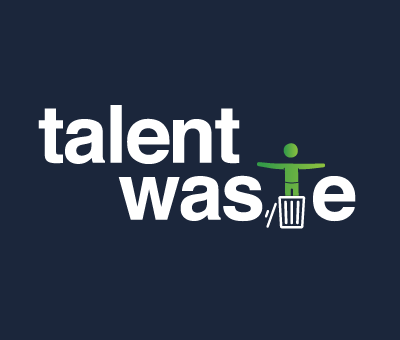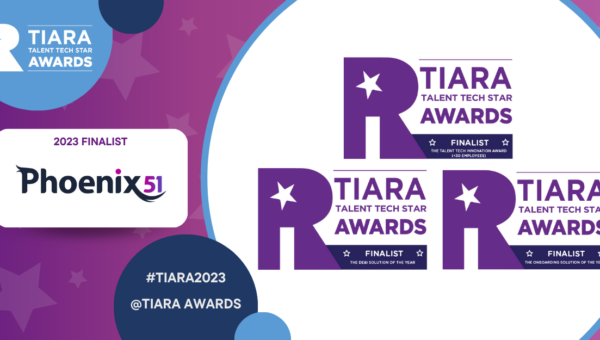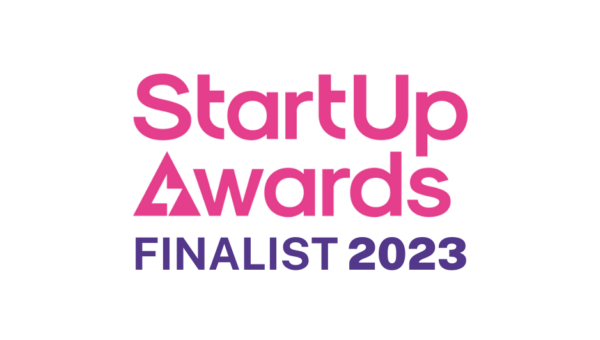Having recently contributed to a podcast around the human impact of un-furloughing staff, I wanted to expand on the points raised and explore the narrative within this subject area.
Whilst preparing for the podcast and considering how organisations should be approaching this delicate matter, it became clear to me just how much the world has changed in 5 months. Most employees and businesses didn’t know what furloughing was; remote or virtual working was only a mere consideration for most businesses and wearing a mask in public for fear of infection would have perhaps put you into the ‘hypochondriac’ category. Fast forward to today and what was once considered extreme or unlikely, is now the new normal.
And it is in this context that the human element of un-furloughing needs to be addressed. For those that were not furloughed, they had time to adjust to working in a remote setting via teams zoom or slack; have had the adjustment to self motivating, autonomous working and managing their diary around dog walks, home-schooling, et al, and finally have had time to set up their home ‘office’ space to allow effective working, all with the knowledge that they have a degree of job security.
For the workers returning from furlough, it would be very easy to forget the journey that those who were not furloughed have been on and rush them back with sky high expectations of being able to perform at an optimum level.
It is worth considering the impact of what furloughing staff has had at an individual level before thinking about how to reintegrate these individuals back into the organisation.
A useful tool to frame the impact of furloughing at an individual level is that of Alderfer’s, ERG theory of employee motivation. Alderfer suggested human needs within the context of employment and life can be grouped into three categories. Existence, Relatedness and Growth.
Existence
When considering the existence needs of furloughed staff, whilst an employee’s basic monetary needs were satisfied through the 80% scheme, the security needs i.e. the feeling they were secured in employment would have been a great cause for concern. With large numbers of organisations using furlough to assess and take stock while the wider implications of the pandemic evolved, the outcome for many businesses has been to undertake organisational reviews, with resultant redundancies. This uncertainty will have affected the those that were furloughed with concern for future employment. In addition, there were organisations that furloughed some staff whilst others were kept in full employment. At a team level, this could mean colleagues who were working closely together, were suddenly no longer in communication, and for those that didn’t make the cut, would have felt dejected or devalued.
Relatedness
A key part of an employee’s loyalty and feeling towards an organisation, comes from the inter-work relationships whether it be from co-workers, management, and leadership. Often professional relationships turn to friendships, and at a simple level, the furloughed workers will have missed out on these key daily interactions. This sudden departure from the normal daily routines of work would have come as a huge shock and it is worth considering what support an organisation has provided during this extended period of quasi-unemployment.
Growth
Often cited as a key driver of employee engagement, motivation and productivity, employment is considered by many to be more than just a job. Ones career is of huge importance, and the notion of growth at a personal, professional, and educational level is paramount. It is likely that for many furloughed workers, they may have felt that their career is on hold or even going backwards, and without direction from their employer, would not have undertaken any professional development during the furlough period.
Taking the three areas above into consideration is therefore a useful framework for considering how to reintegrate the furloughed workers back into employment. Listed below are practical steps for organisations to utilise when bringing their staff back into the fold.
Part time furlough
From an operational standpoint, the government has issued guidance for organisations to allow them to bring back staff in a phased manner. The ‘all or nothing’ decision to bring staff back full-time before market conditions allowed, could have forced organisations into early decisions around redundancy. However, with the ‘flexible furlough’ scheme, this allows business to consider bring staff back part time before moving back to a full-time arrangement when then conditions allow.
Details on the below link:
Return to work interview
CIPD Guidance states that for any period longer than three days out of work, a return to work interview should be conducted by a member of the HR team and the employees direct line manager. For a period of perhaps 5 months out of employment, the post COVID return to work interview is vital to set the tone for the work conditions and processes in the ‘new normal’ but also to support the employee on an emotional level. Designing and recording a structured return to work interview will go along way to ensuring the employees smooth reintegration into the organisation as well as increasing engagement, referencing the existence needs stated within Alderfer’s ERG.
Work environment
It is likely that the returning employee may be working remotely for some of all of the time. Many organisations are now operating a rota system to ensure social distancing in the workplace therefore, the returning employee will have to make the adjustment to acclimatise to working from home. Considerations should therefore be made on how the organisation supports the employee into this new working environment, bearing in mind they will be working from home for the first time in a environment where for the past 5 months they have not been working.
At a practical level, business should make provisions for the employees in relation to work environment. They should ensure the employee has all the equipment needed to fulfil their work obligations so laptop, laptop stand, keyboard, work chair and desk if possible. In addition, payment towards Wi-Fi/internet costs should be considered. One example was of a business who halved their office space and used the money saved on rent to give each employee £500 to ensure they have an effective ‘work from home’ set up.
Ongoing Support /Communication / Technology
Employees well-being when returning to work should be of high importance. Practical, considerations such as team meetings, collaboration and one-2-one meetings should be mapped into the normal working week. Specific surveys can be created to measure employees well-being, mood and productivity to ensure organisations know how and when to make interventions to get the most of their employees and ensure they are in the right frame of mind to undertake their jobs and responsibilities effectively.
Adoption of communication tools such as Slack, Asana, Trello and Microsoft teams are fantastic way to allow collaborative working in a more informal, yet structured and fun manner, and can lead to overall improvement in operational efficiency.
Finally, examples of company quizzes and even virtual team drinks on a Friday afternoon have already been adopted to great effect by several organisations.
Market considerations
Finally, their needs to be an acknowledgement that the general market conditions the employees are coming back to may be starkly different to those of which they are accustomed. If the employee works in a business development or sales role, then adjustment should be considered around budgets, targets or KPI’s to reflect the fact that revenue generation may be more difficult.
To conclude, the human impact of furlough and the wider conditions created by the pandemic are still in flux. Considering the employees needs in relation to existence, relatedness and growth can help to reintegrate employees effectively into the organisation and allow them to return to becoming a happy, healthy and productive asset. Whilst the future maybe uncertain, I firmly believe that there are huge benefits to come from the adoption of more flexible working practices and those organisations that adapt quickly with a people focused lens will thrive as we emerge into a post COVID world.





